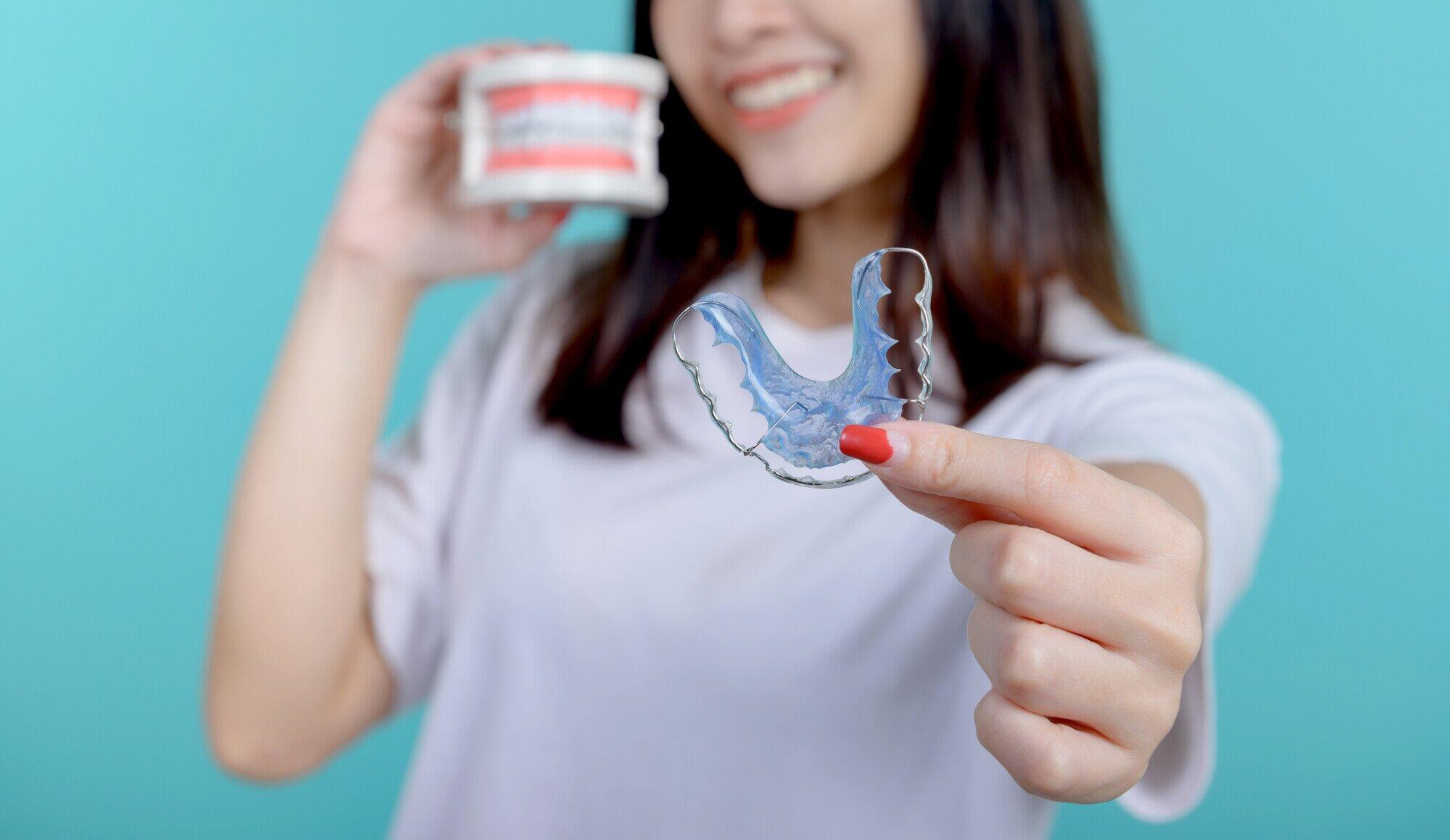
17 Jul How Teeth Move: Wearing Your Retainer After Orthodontics
A post by AARP citing Humana reveals that over 4 million people in the U.S. wear braces.
They do it to straighten crooked teeth, fix bite problems, and improve their overall dental health. Braces gradually reposition your teeth. However, braces are often not the final step in treatment.
Many dental specialists recommend wearing a retainer after braces to protect your results. You might feel reluctant to wear one, as it can feel uncomfortable or easy to forget. However, wearing a retainer is often necessary for long-term results and helps prevent your teeth from moving back.
Read on to learn how teeth shift after braces and why wearing your retainer makes all the difference.
Natural Relapse
After braces come off, your teeth begin to shift toward their original positions. Dental experts call this natural process relapse. The ligaments and tissues that once held your teeth in place still carry a strong memory.
Without extra support, they can slowly pull your teeth out of alignment again. Relapse often starts within the first few months, but movement can happen even years later. Many people notice small changes and tightness when they stop wearing a retainer consistently.
This is because your teeth are never truly “locked in” after treatment. Wearing a retainer gives your mouth time to adjust and heal fully.
It keeps everything in place while the bone and gums settle. Adhere to your retainer plan to protect your smile long-term.
Tooth Grinding (Bruxism)
Grinding or clenching your teeth, especially at night, places strong forces on your bite. Over time, these forces can move your teeth out of alignment, even if you’ve completed orthodontic treatment. Many people grind without even knowing it.
If left unchecked, grinding can undo the results of braces or aligners. A retainer worn at night can help shield your teeth from this kind of pressure. The importance of retainers in protecting against grinding damage goes beyond just alignment.
It also prevents wear and tear on your enamel and reduces jaw tension. In severe cases, your orthodontist may recommend a specialized retainer designed to also function as a night guard.
Gum and Bone Remodeling
As braces shift your teeth into better positions, the bone and gums around each tooth must adjust. The process, called remodeling, happens slowly and can take several months or even years. Your jawbone needs time to reshape and hold the teeth in place.
Until that happens, there’s always a chance of teeth moving after orthodontics. A retainer plays a key role during this healing phase by keeping everything stable. Without it, your bones might pull your teeth back toward their original positions.
Retainers serve as a support frame, allowing your tissues to adjust to the new alignment. They don’t just hold your smile; they help your entire mouth adjust properly.
Biting Habits
Many people have habits that harm their teeth, such as:
- Biting fingernails
- Chewing pens or pencils
- Crunching ice
- Using teeth to open packages
- Grinding teeth during stress
- Biting hard candies
These actions place uneven pressure on your teeth. Over time, small forces like these can shift teeth out of alignment, especially after braces. One of the key dental retainer benefits is protection against daily wear from these habits. Wearing a retainer during stressful times helps prevent unwanted movement.
Tongue Thrusting
Tongue thrusting happens when your tongue presses against your teeth during swallowing or speaking. The repeated pressure can slowly move your front teeth out of alignment. People who had gaps or spacing fixed with braces are especially at risk.
Tongue thrusting often begins in childhood and may continue into adulthood if not treated. A dental retainer, especially a fixed or wire type, can help resist this pressure and keep your teeth in place. Speech therapy or targeted exercises can help correct the habit.
Using a retainer during this time adds another level of protection against unwanted changes. Addressing tongue thrusting early makes a big difference in maintaining your smile and avoiding future orthodontic work.
Wisdom Teeth Pressure
Even after your braces come off, your teeth are still at risk of shifting. One common cause is the pressure from wisdom teeth. These third molars usually come in during the late teens or early twenties.
Many people don’t have enough space in their jaws to fit them properly. As wisdom teeth erupt, they can push against nearby teeth and create crowding or misalignment. Orthodontists often monitor their growth after treatment.
Using the right types of retainers, such as fixed ones, can help protect your smile during this time. If pressure becomes a concern, your orthodontist may recommend removing the wisdom teeth to prevent unwanted movement and preserve your results.
Aging and Facial Changes
As you age, your face naturally changes, such as:
- Lips become thinner
- Jawbones lose density
- Gums pull back
- Skin around the mouth sags
- Muscle tone in the face weakens
These changes can impact your bite and shift your teeth. Even individuals who never had braces may notice shifting in their teeth during their 30s, 40s, or later. Post-orthodontic care becomes increasingly important with age.
For individuals with braces or aligners, the importance of retainers grows over time. Retainers help keep your teeth in position as your face and jaw change. A well-fitted retainer keeps the teeth steady and the alignment intact.
Wearing a Retainer After Braces: Why It Matters
Wearing a retainer after braces is key to keeping your smile straight and healthy. Teeth naturally shift due to habits, pressure, aging, or bone remodeling.
A retainer helps prevent relapse and protects the results you worked hard to achieve. Whether it’s your first-year post-braces or you’re many years out, your retainer plays a lasting role in maintaining alignment.
At McIlwain Dental Specialists, we’ve served families for over four decades. Whether you are considering braces or looking for trusted post-braces care, we are here to help every step of the way.
Our team offers expert orthodontic and preventive care for all ages. Contact us to book your consultation today.


